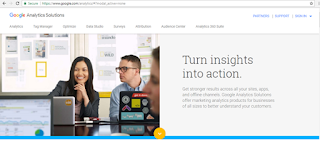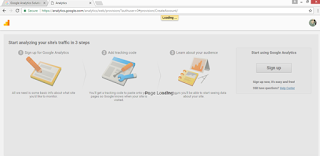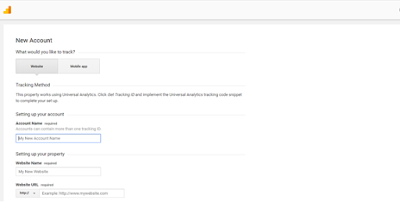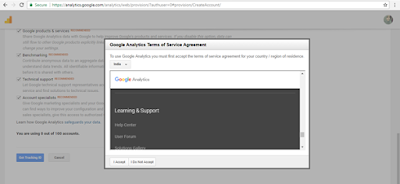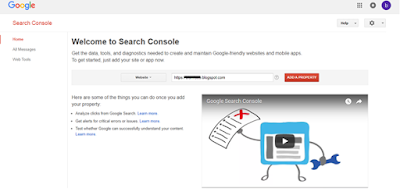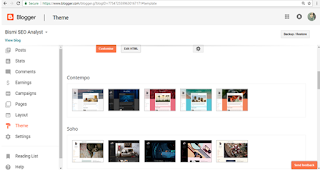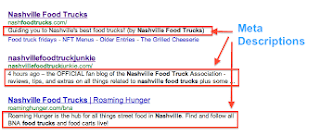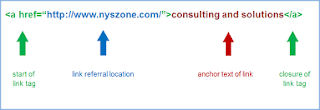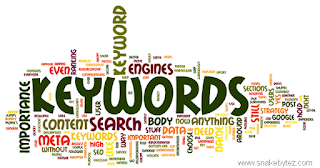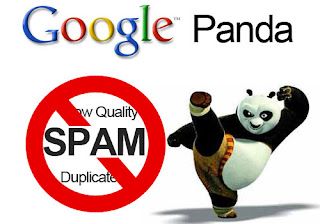You will be wondering now, who is this webmaster and what is his role in this, isn't it? Actually webmasters are one who controls the changes made to a website.
By the way, what is web crawling and what is its connection with all this process. For that, we should know the Google's search engine optimization techniques. The three steps are Crawling,Caching and Indexing.
Now back to the discussion: How to crawl a website? The only choice was to reveal their optimization technique among all the webmasters around the globe and this put the chiefs of Google in dilemma. Because those were their secret files and leaking it was unimaginable for them.But there was no other choice left and the
"SEO Starters Guide" was opened to world and this marked the beginning of a new era - Search Engine Optimization!
EVOLUTION OF SEO
In the primitive stage of SEO, search engines were niche(content) specific. During this period, there was a trend among the webmasters and the online marketers, to "stuff" webpages full of relevant keywords.
This is Keyword stuffing, a black hat seo technique(unethical practice), considered as spamdexing or web spam in which a webpage is loaded with keywords in the meta tags or in content of a webpage in attempt to manipulate a site's ranking in Google search results. After this Google stopped using
keyboard meta tag concept in web ranking. Soon Google changed its tactics from niche specific to link specific. Those websites with more links from other websites were ranked top in search results. But this effort too went vain and google changed the algorithm from link specific to quality link specific. Google introduced
Google page rank which decided the quality of a page. For Google it was a trust. To gain ranking the website should possess about more than 200 factors and is ranked out of 10. Now the marketers started to include quality links without improving their website and Google has to introduce
"Passing the Juice" concept where equity is passed through links. By this concept, a high rank website who share their link with low rank website experienced lowering of their ranks. Google also allowed a
"No follow" mechanism by which equity passing is avoided.
During the period 2003-'08, Google introduced many updates in a hesitating manner. The reason was the revenue flow from their two major products;
AdWords and
AdSense.
AdWords is an advertising service by Google largely focused on keywords, for businesses wanting to display ads on Google and its advertising network. It enables businesses to set a budget for advertising and only pay when people click the ads.(
Pay per click).
AdSense is an advertising placement service by Google, designed for website publishers who want to display targeted text, image, or video advertisements on website pages and earn money when site visitors view or click the ads. Google introduced projects like Gmail, Orkut in 2008. In 2008, Google started providing personal assistance by user interaction feature.
Personalized search was introduced in 2009 to improve quality of search. Websites with more user responses/interactions were given top ranks in search engines.
Pogo sticking occurs when a user performs a search, clicks on result, very quickly clicks back to the search result page, and clicks on a different result. By 2010, social medias like Facebook gained popularity and Social media signal was introduced and here ranking was based on power values; which are the interactions from influential power value profiles.
IMPORTANT GOOGLE UPDATES
From 2011 onward Google started introducing strong updates which wiped off all the low quality pages from the search results.
PANDA UPDATE
Google algorithm Panda 1.0 was introduced on Feb 23, 2011 and was against the content spamming which includes content duplication, contents of low quality, content spinning and thin content pages.The search engine started to focus a lot more effort on site content and sites with weak, poor quality or irrelevant contents were eradicated from the search engine results.
PENGUIN UPDATE
The Google Penguin Update was released on April 24, 2012 which was against link spamming techniques such as link exchange, paid links, link farming, comment spamming,wiki spamming and guest blogging.
PIGEON UPDATE
Pigeon update was released on July 24,2015 which focuses on images, video, data and local marketing(local seo listing).
HUMMING BIRD UPDATE
Google's Hummingbird released on 20,Aug 2013 introduced semantic search results which provides a deep and detailed information on the search queries.
RANK BRAIN UPDATE
Released in 2015 Oct 26, this update is an advanced version of HummingBird Update.Here Google thinks like an intelligent person and delivers result for users based on the behavior and other features like age, economic background, education of the particular user with the help of AI.
OTHER UPDATES
PIRATE UPDATE
An update which focused on punishing websites which constantly accused of copyright infringement was released on August 2012.
DMCA(US Digital Millennium Copy right Act) punishes those who stole copyrighted contents.
PARKED DOMAIN UPDATE
During the 2011-2012 period, a large amount of parked domains (internet domain name is registered but is not in live condition) were reported and Google has to introduce a new update which removed all the parked domains. Some were mistakenly removed and a new update Parked domain bug released to solve it on April 16,2012.
EXACT MATCH DOMAIN (EMD) UPDATE
Google announced that parked domain which was Exact Match Domains will be removed from the websites. This led to a large-scale reduction in the presence of EMDs in the search results. This update was announced on 27 September 2012.
MOBILEGEDDON UPDATE
In 2015, April 21 Google declared that website which are not mobile friendly will go down in ranking and just after one year on May 12,2016 Google started ranking websites based on mobile friendly feature and most of the sites were transformed to mobile friendly websites.
Bismi Jabbar

